Synopsis
Steve Backshall looks at the unique geography of California's Monterey Bay, its kelp forest bursting with life from microscopic plankton to visiting ocean giants.
- Programme: Nature's Microworlds
- Episode: 4: Monterey Bay
- Channel: BBC Four
- Broadcast year: 2012
- Geography | In this series Professor Iain Stewart tells a stunning story about our planet. He reveals how the greatest changes to the earth have been driven, above all, by plants. In the second episode, Iain discovers how flowers have transformed our planet. He journeys to the remote islands of the South Pacific to track down the earliest flowers. In the deserts of Africa and rainforests of Vietnam, he sees how they brought brilliant colour to the most barren landscapes and sculpted the earth itself. And he learns how they drove the evolution of all animals - kick-starting our human story.
Licence: ERA Licence required
UK only
Staff and students of licensed education establishments only
Cannot be adapted
Add Notes
More clips from Nature's Microworlds
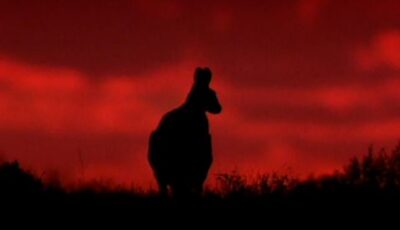
1: Galapagos | Nature's Microworlds
1: Galapagos | Nature's Microworlds
The Galapagos is home to a myriad of bizarre and unique creatures endemic to these islands, but how did they get here and what is the key...

10: Yellowstone | Nature's Microworlds
10: Yellowstone | Nature's Microworlds
In Yellowstone National Park, where wolves, bears, coyotes, bison and elk roam vast grasslands, wetlands and forests, Steve Backshall ...

11: The Deep Sea | Nature's Microworlds
11: The Deep Sea | Nature's Microworlds
Steve Backshall plumbs the ocean depths to find an array of beautiful and bizarre creatures, from 40m-long jellyfish to grotesque ang...

12: Australia's Red Centre | Nature's Microworlds
12: Australia's Red Centre | Nature's Microworlds
Steve Backshall reveals huge kangaroos, the world's most venomous snake and a burrowing toad living among the throng of ani...

13: Scottish Highlands | Nature's Microworlds
13: Scottish Highlands | Nature's Microworlds
Steve Backshall shows how the two contrasting landscapes of open moor and Caledonian forest are both crucially important to the...

2: Serengeti | Nature's Microworlds
2: Serengeti | Nature's Microworlds
A look at one of the most famous habitats on the planet, the Serengeti in east Africa, a vast grassland that is home to some of the great...

3: Amazon | Nature's Microworlds
3: Amazon | Nature's Microworlds
Steve Backshall lifts the lid on an incredible world of intricate relationships and unexpected hardship in the Amazon rainforest, explores t...

5: Okavango | Nature's Microworlds
5: Okavango | Nature's Microworlds
Steve Backshall reveals the secret to the existence of the Okavango, the world's largest inland delta and home to one of Africa's greatest...

6: Svalbard | Nature's Microworlds
6: Svalbard | Nature's Microworlds
In the northerly region of Svalbard, Steve Backshall unravels the secrets that lie covered in ice for most of each year in the home of the...

7: Canada's Coastal Forests | Nature's Microworlds
7: Canada's Coastal Forests | Nature's Microworlds
Steve Backshall reveals why Canada's coastal forest is home to huge trees and some of the greatest aggregations of top pre...

8: Great Barrier Reef | Nature's Microworlds
8: Great Barrier Reef | Nature's Microworlds
Steve Backshall visits Australia's Great Barrier Reef to discover the conditions that let a tiny coral building block create Ear...

9: Namib Desert | Nature's Microworlds
9: Namib Desert | Nature's Microworlds
Steve Backshall visits the Namib in Africa, where animals use clever tactics to combat the heat. He reveals the unique secret that all...

Keeping cool | Nature's Microworlds
Keeping cool | Nature's Microworlds
The Namaqua chameleon has developed an ingenious tactic to avoid the heat of the Namib desert.
More resources about Ocean biomes

1: Oceans - Into the Blue | Human Planet
1: Oceans - Into the Blue | Human Planet
Humans have always found ways to live an almost aquatic life so they can exploit the sea's riches. This journey reveals tales of ing...
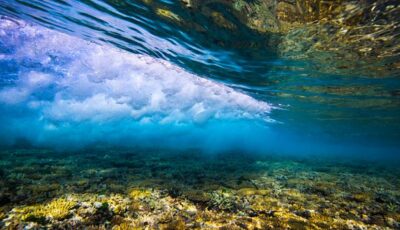
Great Barrier Reef with David Attenborough
Great Barrier Reef with David Attenborough
David Attenborough descends beneath the waves at night to meet some of the tiny coral animals that built the reef.
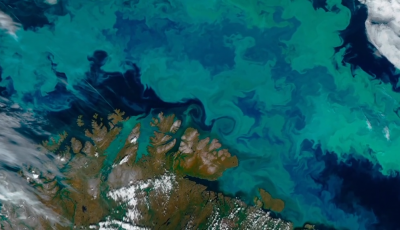
4: Revive Our Oceans | The Earthshot Prize: Repairing Our Planet
4: Revive Our Oceans | The Earthshot Prize: Repairing Our Planet
This episode explores how we might stop damaging the oceans and begin to enable their revival.
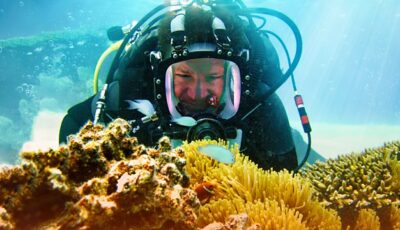
Restoring Our Reefs | Our Changing Planet
Restoring Our Reefs | Our Changing Planet
As part of a seven-year series on the planet's most threatened ecosystems, this third episode takes an in-depth look at efforts to ...
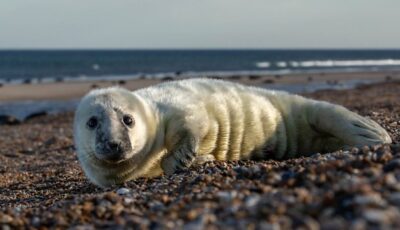
Ocean | Wild Isles
Ocean | Wild Isles
David Attenborough explores our seas, from the vibrant and surprising shallows to the abundant open ocean, and reveals some extraordinary and dramatic wil...
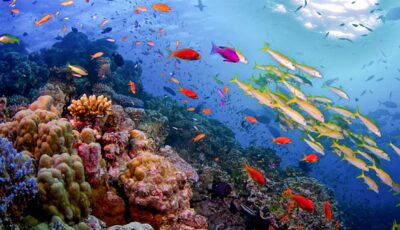
1: Nature's Miracle | Great Barrier Reef
1: Nature's Miracle | Great Barrier Reef
Monty Halls explores Australia's Great Barrier Reef, examining the vast, complex structure of the coral reef itself and the wildlife...

11: The Deep Sea | Nature's Microworlds
11: The Deep Sea | Nature's Microworlds
Steve Backshall plumbs the ocean depths to find an array of beautiful and bizarre creatures, from 40m-long jellyfish to grotesque ang...
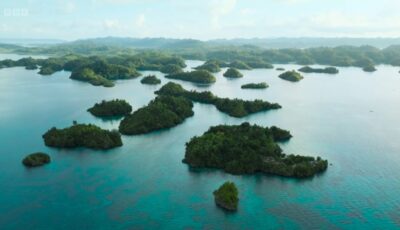
3: Coral Triangle | Wilderness with Simon Reeve
3: Coral Triangle | Wilderness with Simon Reeve
Simon Reeve voyages across the Coral Triangle, a remote wilderness of tropical reefs and jungle-clad islands described as the...
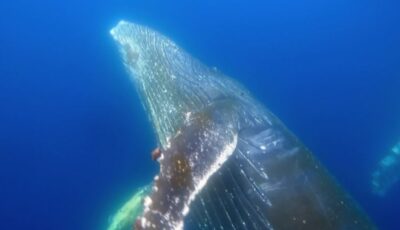
Secrets of Antarctica's Giants
Secrets of Antarctica's Giants
Humpback whales travel thousands of miles to feed in rich, icy Antarctic waters. Scientists who are following the whales reveal how that food ...
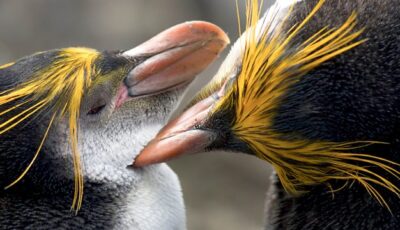
1: Ocean of Islands | South Pacific
1: Ocean of Islands | South Pacific
Documentary looking at the remote South Pacific islands, which are inhabited by some of the most curious and precarious examples of life ...
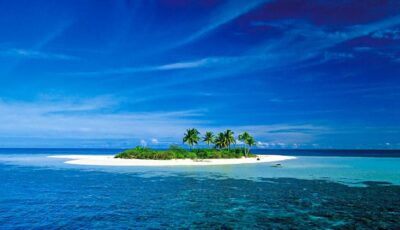
2: Castaways | South Pacific
2: Castaways | South Pacific
A look at how every one of the 20,000 islands was colonised by the Polynesians, and at the varied local fauna.
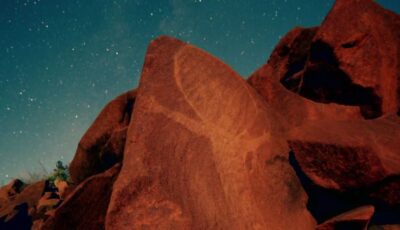
2: Ocean | Australia: Earth's Magical Kingdom
2: Ocean | Australia: Earth's Magical Kingdom
A natural history exploration of Australia's magical coasts and islands, where three oceans create the perfect environment for ...
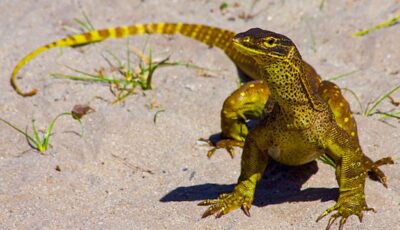
2: Reef to Rainforest | Great Barrier Reef
2: Reef to Rainforest | Great Barrier Reef
As well as coral, the reef is made up of jungle, hundreds of islands, mangrove swamps, mysterious deep-water gardens, vast sand fl...
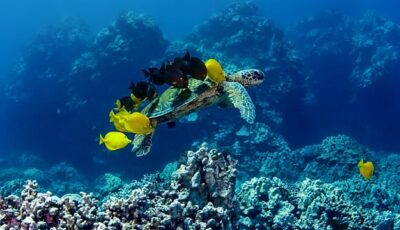
3: Endless Blue | South Pacific
3: Endless Blue | South Pacific
Much of this blue wilderness is a marine desert, where sharks, whales and turtles must go to great lengths to survive.
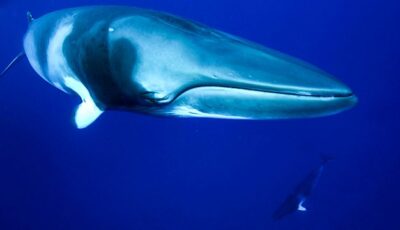
3: Reef and Beyond | Great Barrier Reef
3: Reef and Beyond | Great Barrier Reef
Monty Halls explores Australia's natural wonder. The Great Barrier Reef is vitally linked to the rest of the planet and creatures tra...

8: Great Barrier Reef | Nature's Microworlds
8: Great Barrier Reef | Nature's Microworlds
Steve Backshall visits Australia's Great Barrier Reef to discover the conditions that let a tiny coral building block create Ear...
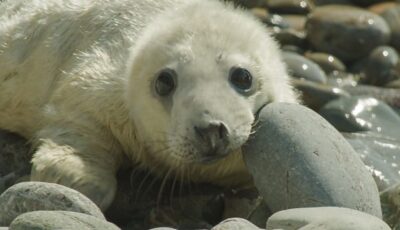
Episode 1 | Wonders of the Celtic Deep
Episode 1 | Wonders of the Celtic Deep
We follow Atlantic grey seals through the year, from courtship to pregnancy and birth. Will a curious snowy-white seal pup make it saf...
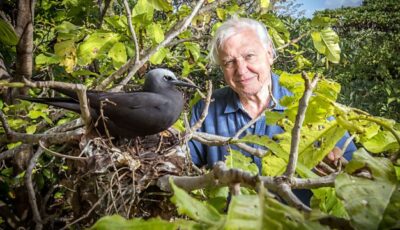
Episode 2 | Great Barrier Reef with David Attenborough
Episode 2 | Great Barrier Reef with David Attenborough
David Attenborough examines the journeys made by the birds and whales that visit the reef every year.
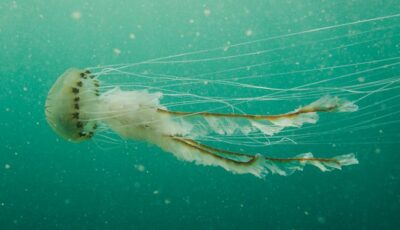
Episode 2 | Wonders of the Celtic Deep
Episode 2 | Wonders of the Celtic Deep
The strange environment of the shallow seas is one that sits remarkably close to shore. In the giant kelp forest, we join a female cat...
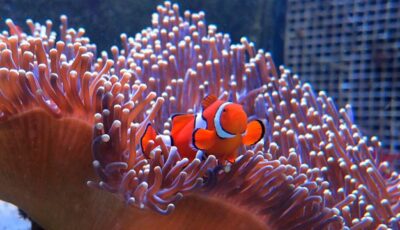
Episode 3 | Great Barrier Reef with David Attenborough
Episode 3 | Great Barrier Reef with David Attenborough
David Attenborough uncovers the ways in which scientists are trying to preserve the Great Barrier Reef and embarks on ...
More from Steve Backshall
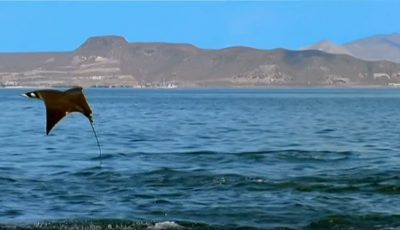
Devil rays leaping | Nature's Greatest Dancers
Devil rays leaping | Nature's Greatest Dancers
Devil rays do acrobatic leaps out of the sea at the edge of the shoal to encourage shrimp into the mouths of the other rays.
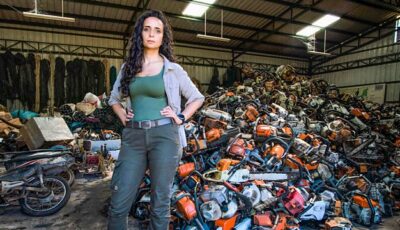
S1E1 | Our Changing Planet
S1E1 | Our Changing Planet
Steve Backshall, Chris Packham and Ella Al-Shamahi visit the Maldives, Iceland and Cambodia, charting the fight to save the planet’s most endanger...
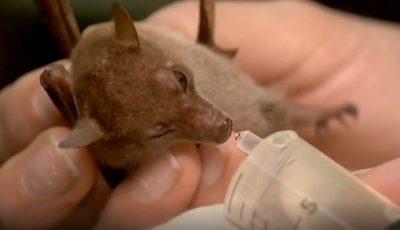
Bat Doctor | Lost Land of the Volcano
Bat Doctor | Lost Land of the Volcano
An injured bat needs nursing back to full health and the team examine the rare adaptation of the striped possum.

S4E7: Borneo | Deadly 60
S4E7: Borneo | Deadly 60
Although we can't just stop using palm oil - farmers need to grow it to provide an income for their families and as a product it's highly efficient ...

3: Mexico Part 1 | Undiscovered Worlds with Steve Backshall
3: Mexico Part 1 | Undiscovered Worlds with Steve Backshall
Steve Backshall leads an elite cave diving team into the largest unexplored cave network on earth. Below a Mexica...
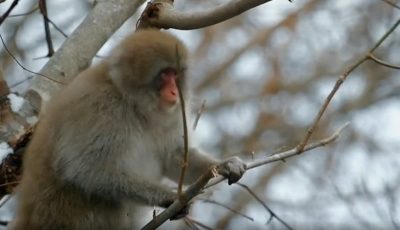
Japanese macaques have a lifestyle unlike all other monkeys | Japan's Northern Wilderness
Japanese macaques have a lifestyle unlike all other monkeys | Japan's Northern Wilderness
Naturalist Steve Backshall and double Olympic gold medallist Helen Glover take a lo...
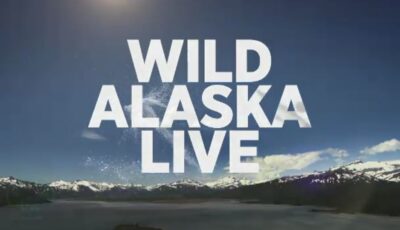
Wild Alaska Live
Wild Alaska Live
A new series on a spectacular wildlife event, live from Alaska with Steve Backshall, Matt Baker and Liz Bonnin. Bears, eagles and orca are gathering for the...
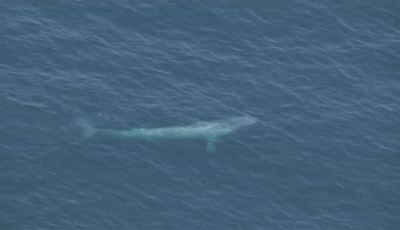
Live interview interrupted by a blue whale | Big Blue Live
Live interview interrupted by a blue whale | Big Blue Live
Steve Backshall's interview with whale expert Doris Welch is cut short when, against all odds, the team spot a Blu...
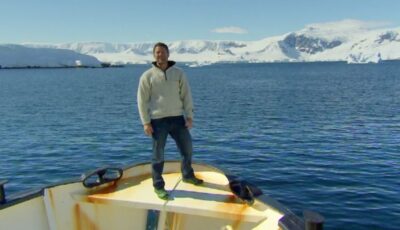
25: Antarctica | Deadly Pole to Pole
25: Antarctica | Deadly Pole to Pole
Steve's journey finally comes to an end at the land of extremes - the least inhabited, remotest, highest, driest, coldest and windiest c...

Keeping cool | Nature's Microworlds
Keeping cool | Nature's Microworlds
The Namaqua chameleon has developed an ingenious tactic to avoid the heat of the Namib desert.
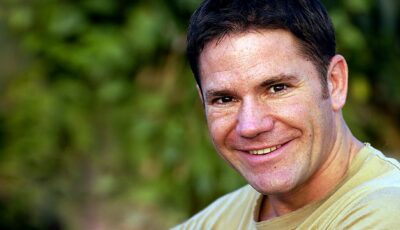
Secret Wilderness - Japan | Wild
Secret Wilderness - Japan | Wild
Steve Backshall discovers Japan's wilderness, from majestic cranes dancing in subzero temperatures in the north to giant salamanders hanging...
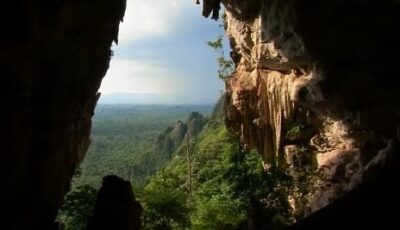
Episode 4 | Expedition Borneo
Episode 4 | Expedition Borneo
Wildlife adventure series following a team of explorers in the heart of the tropical island of Borneo. They find extraordinary cave paintings m...
